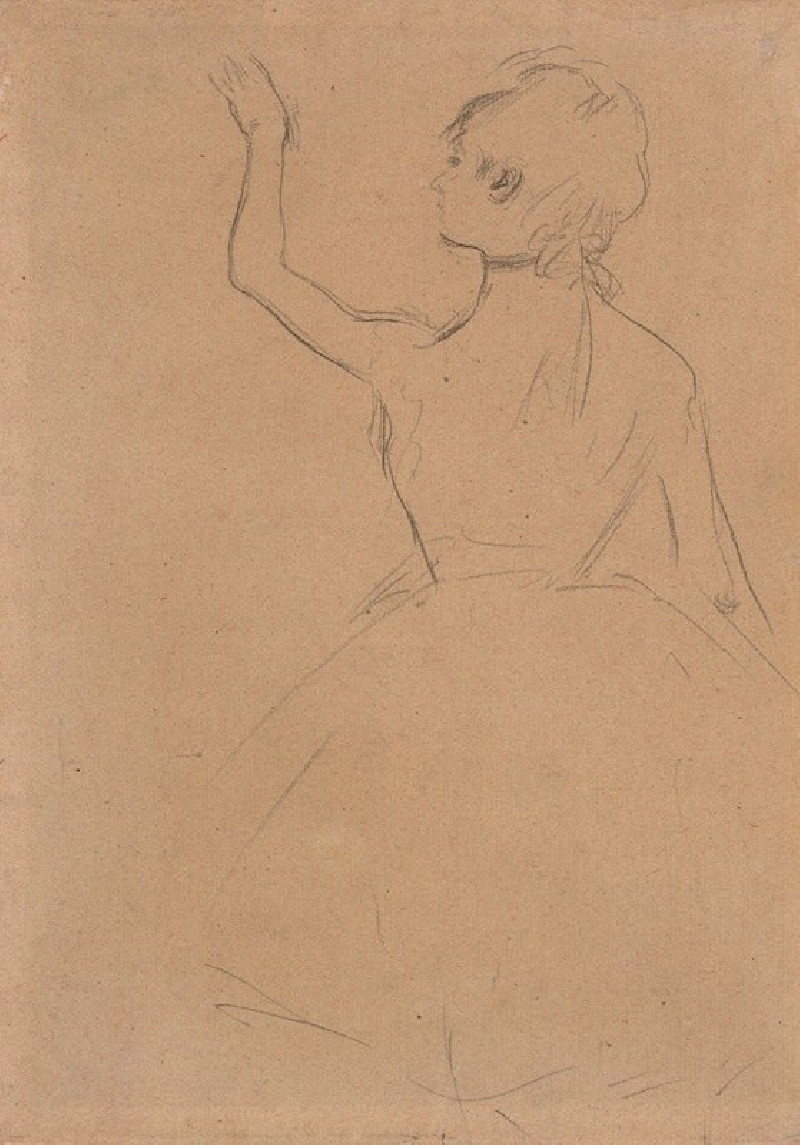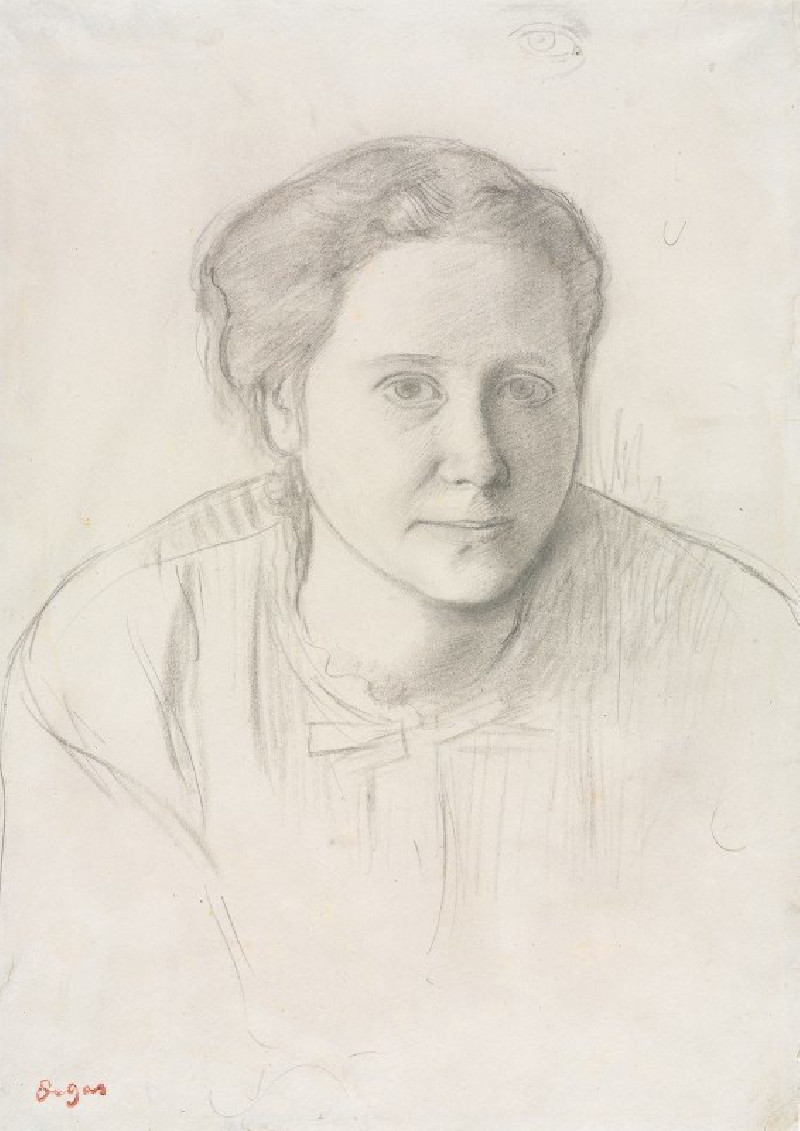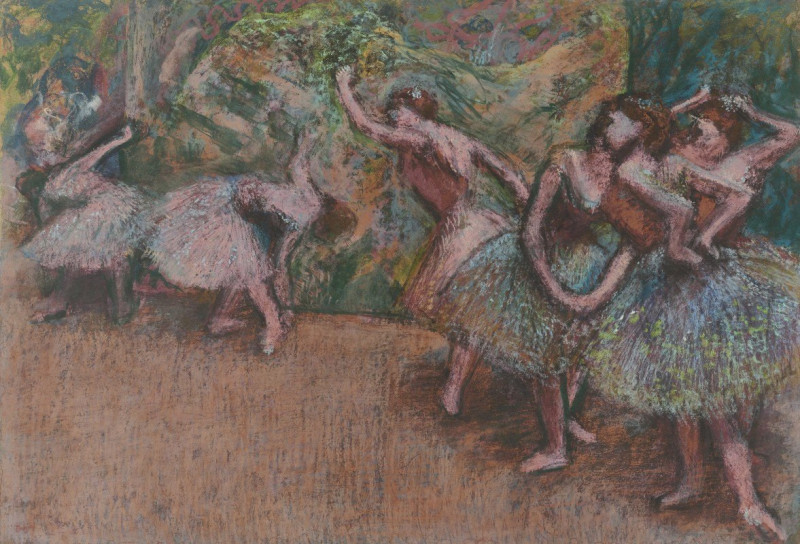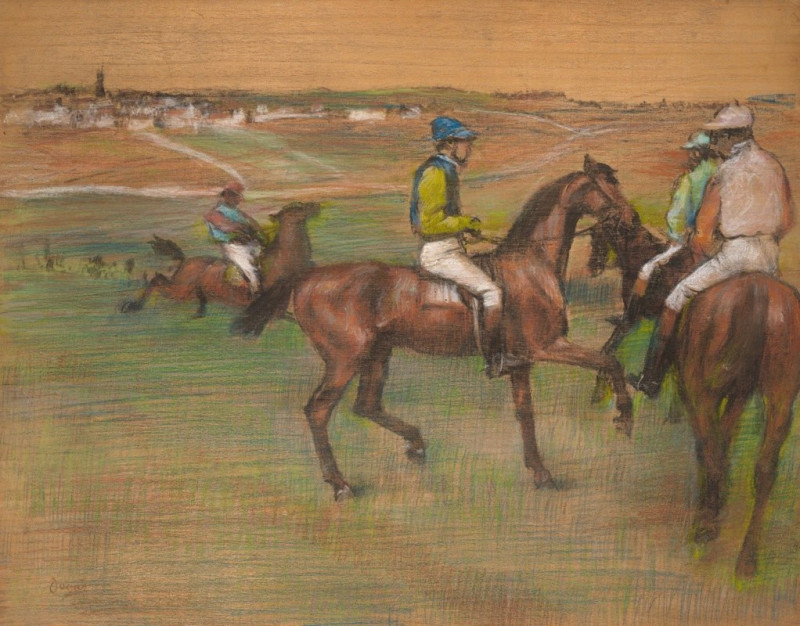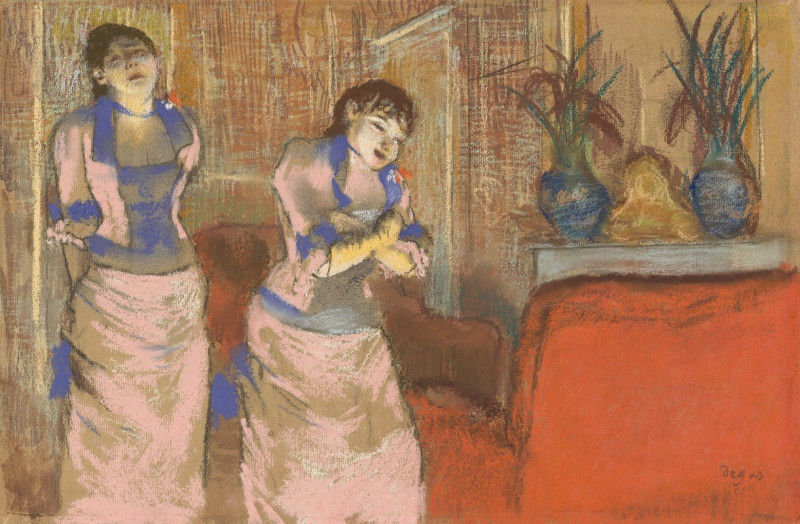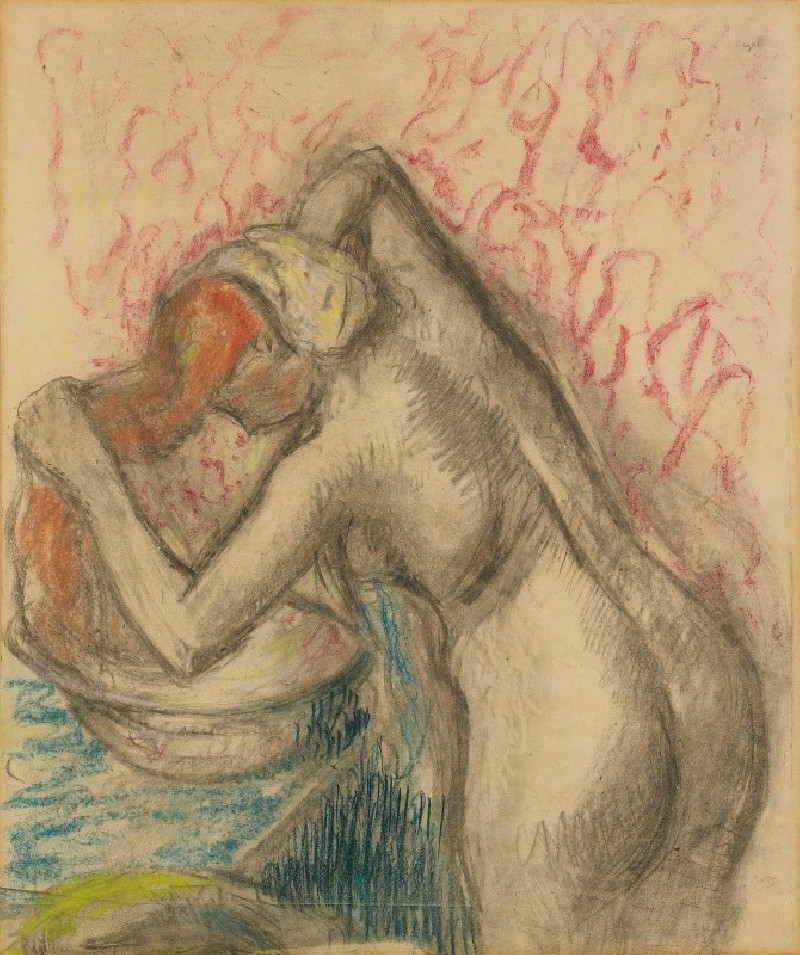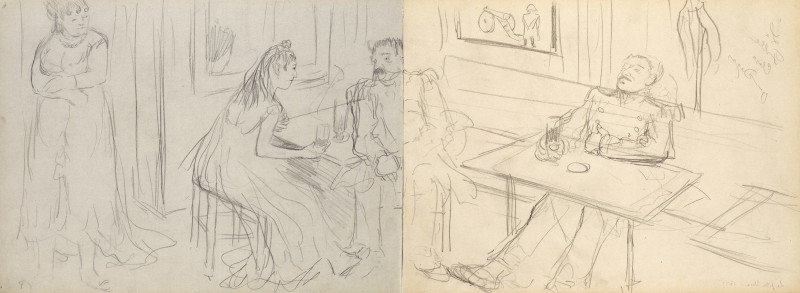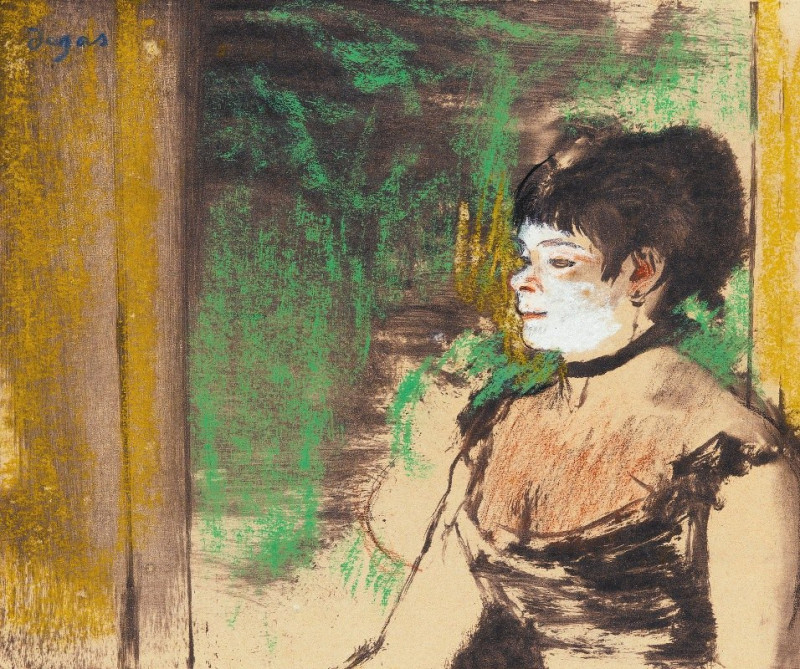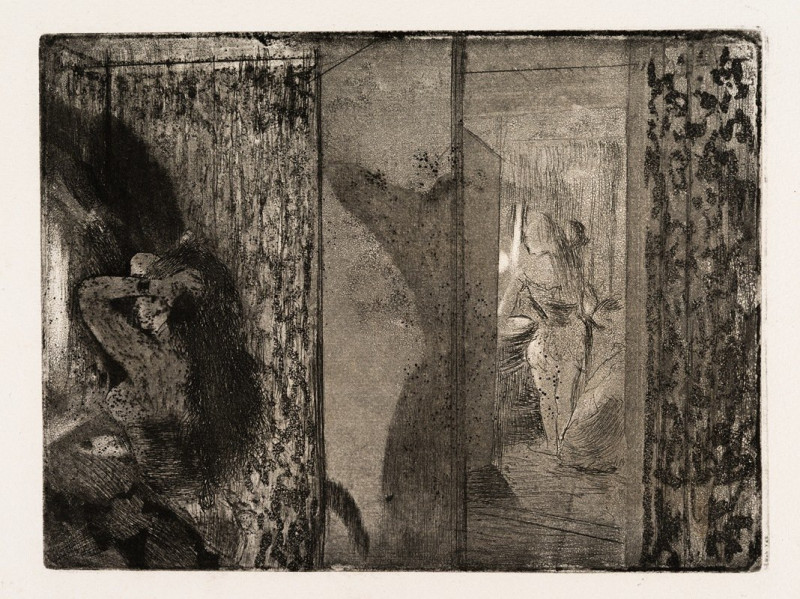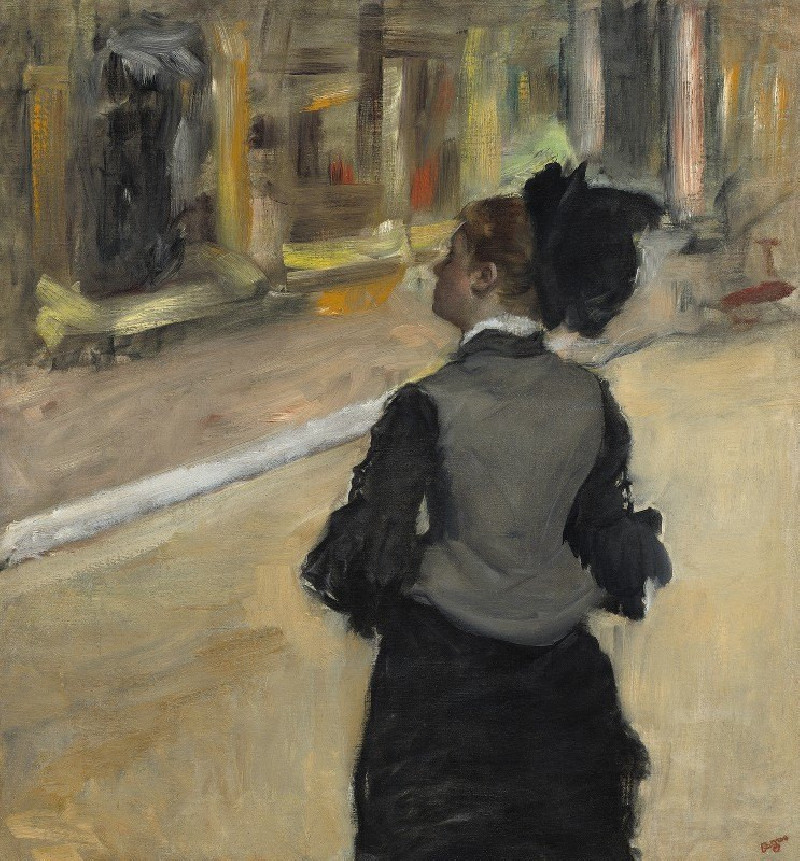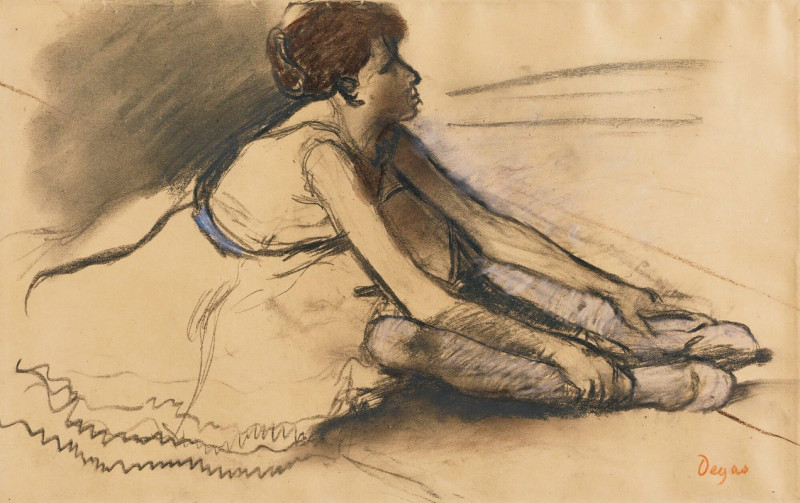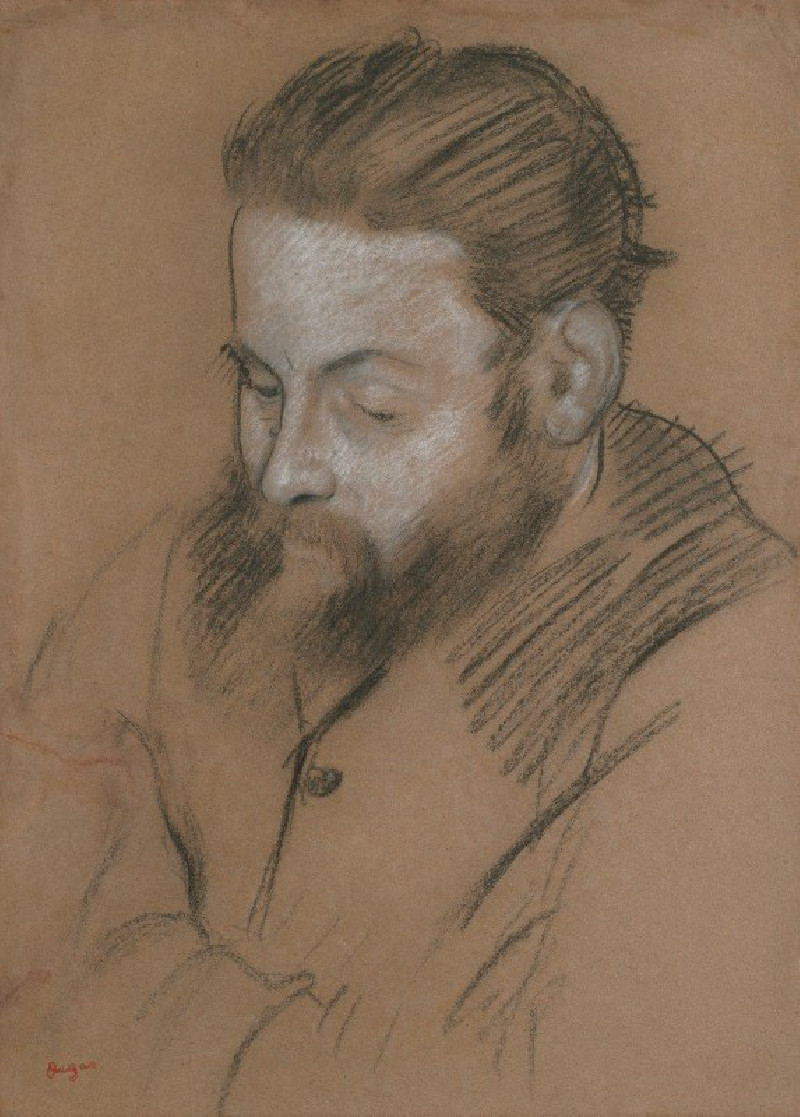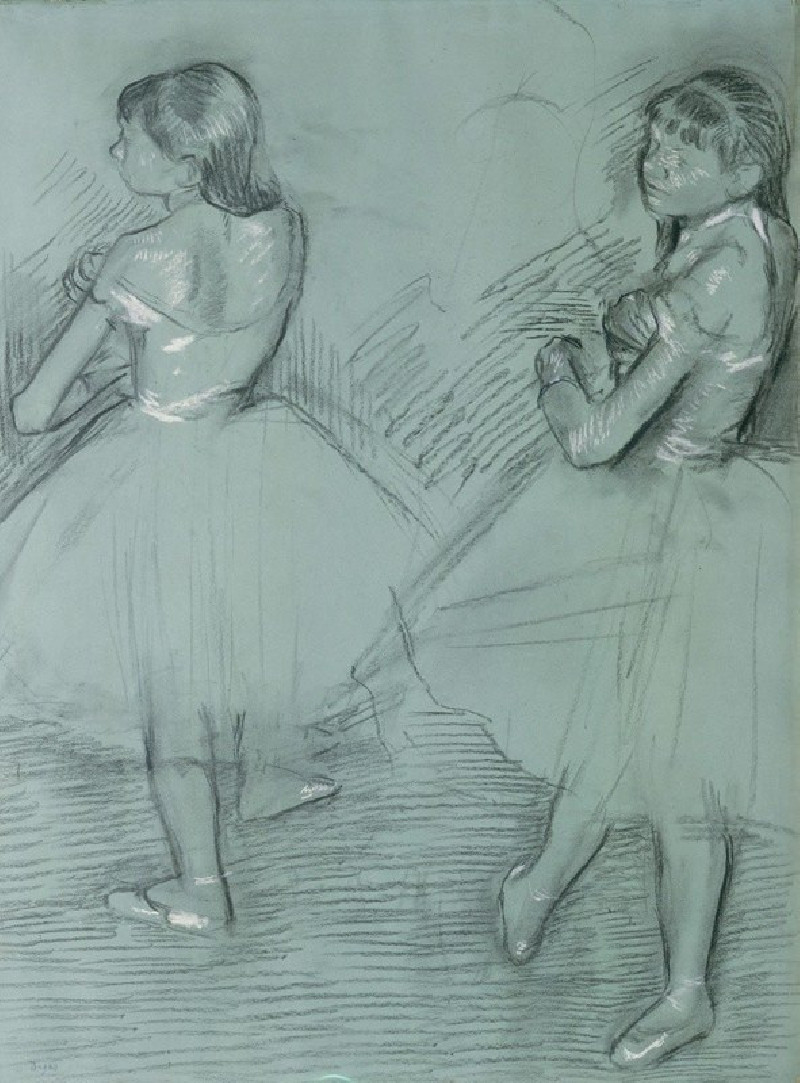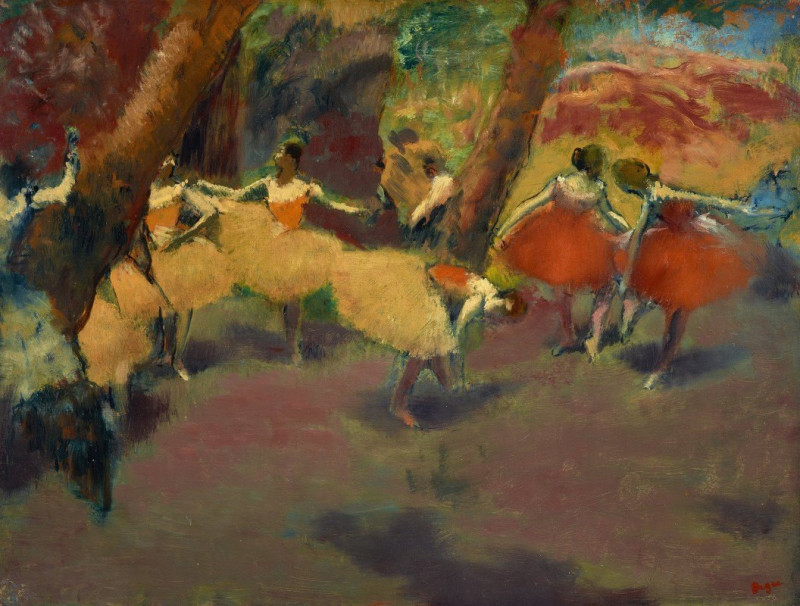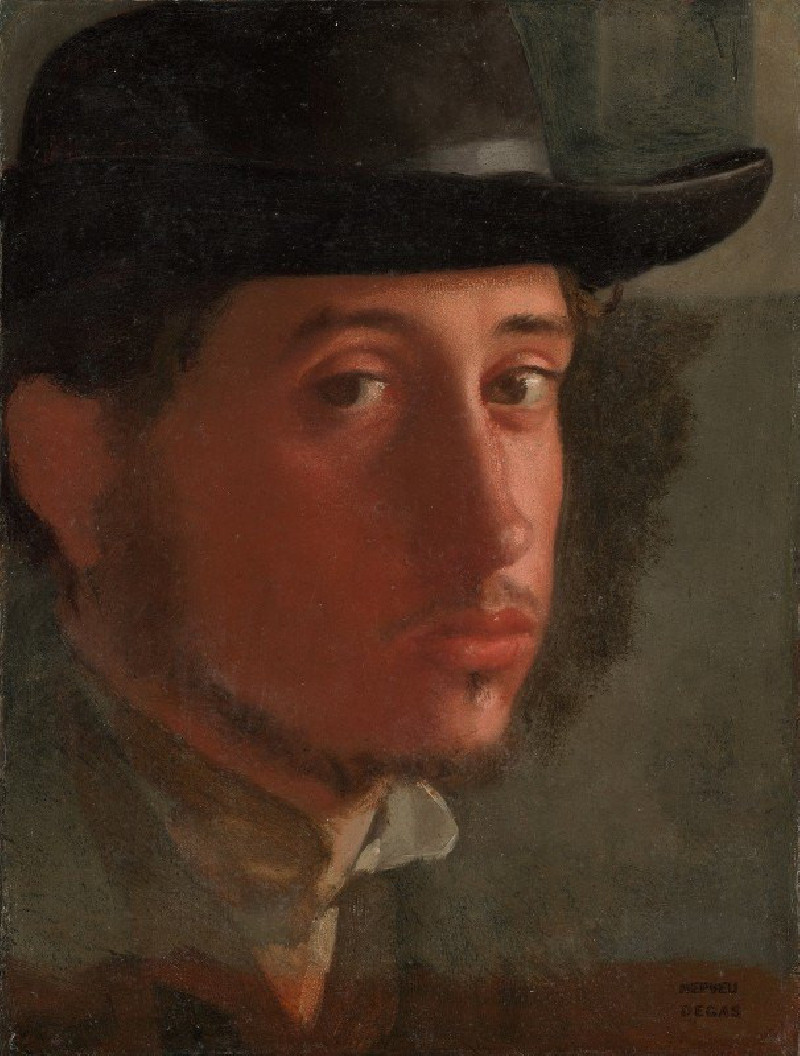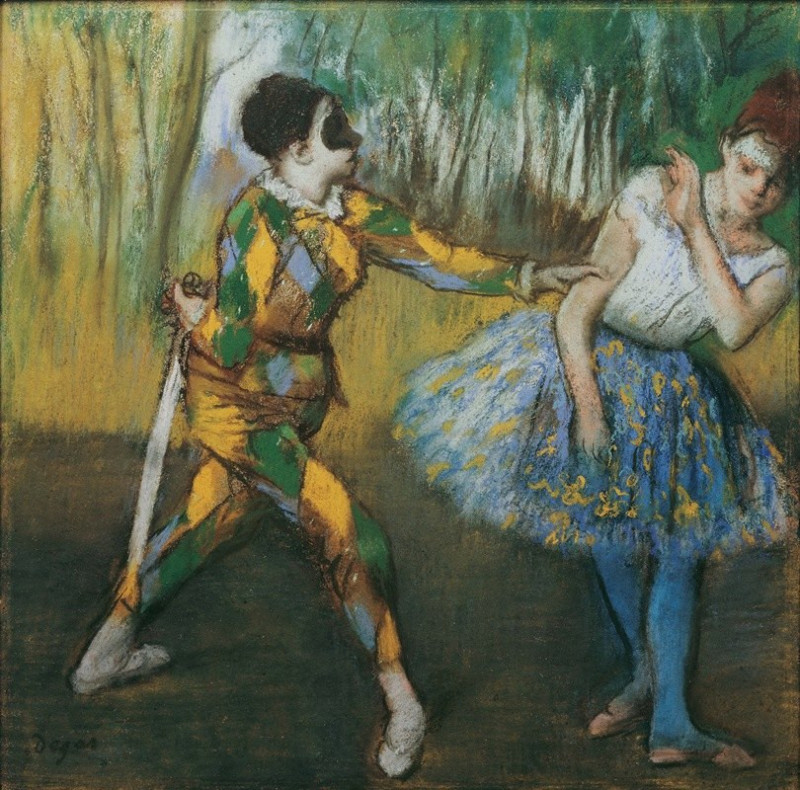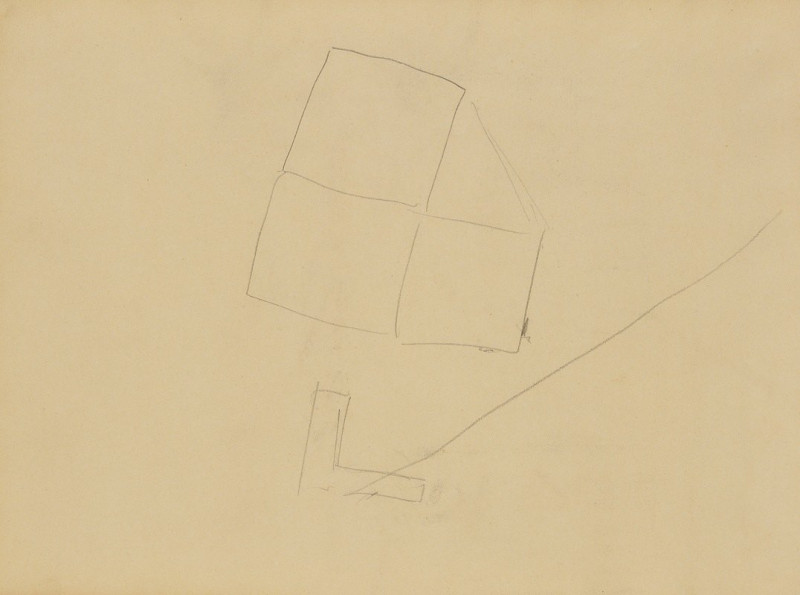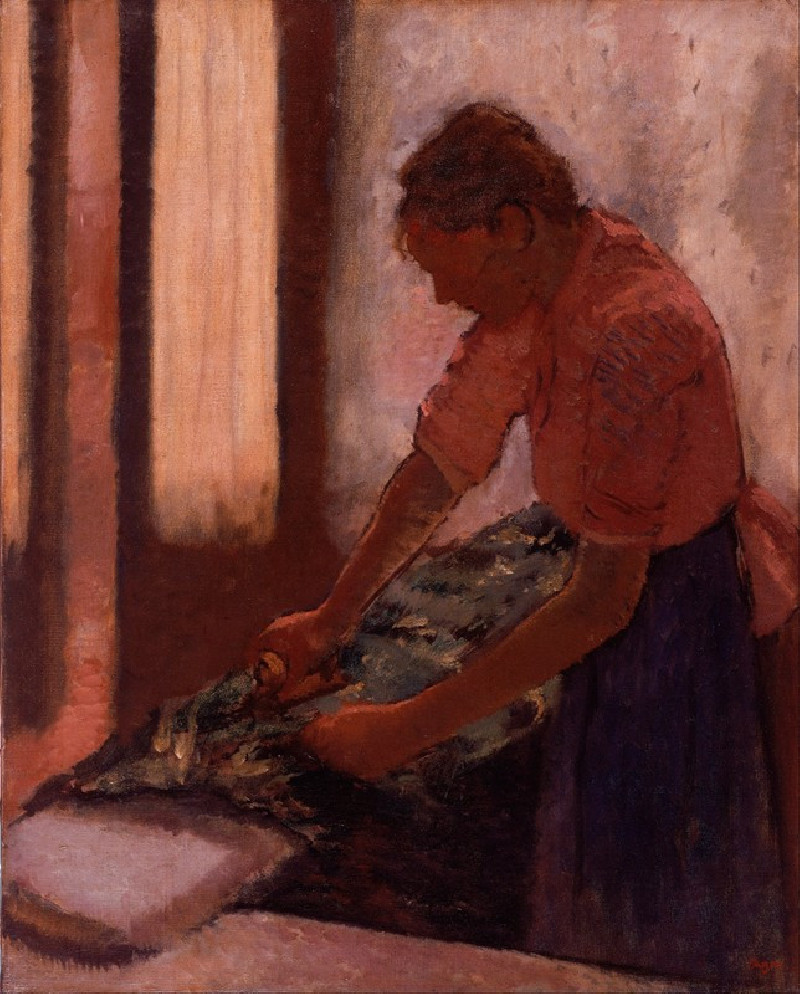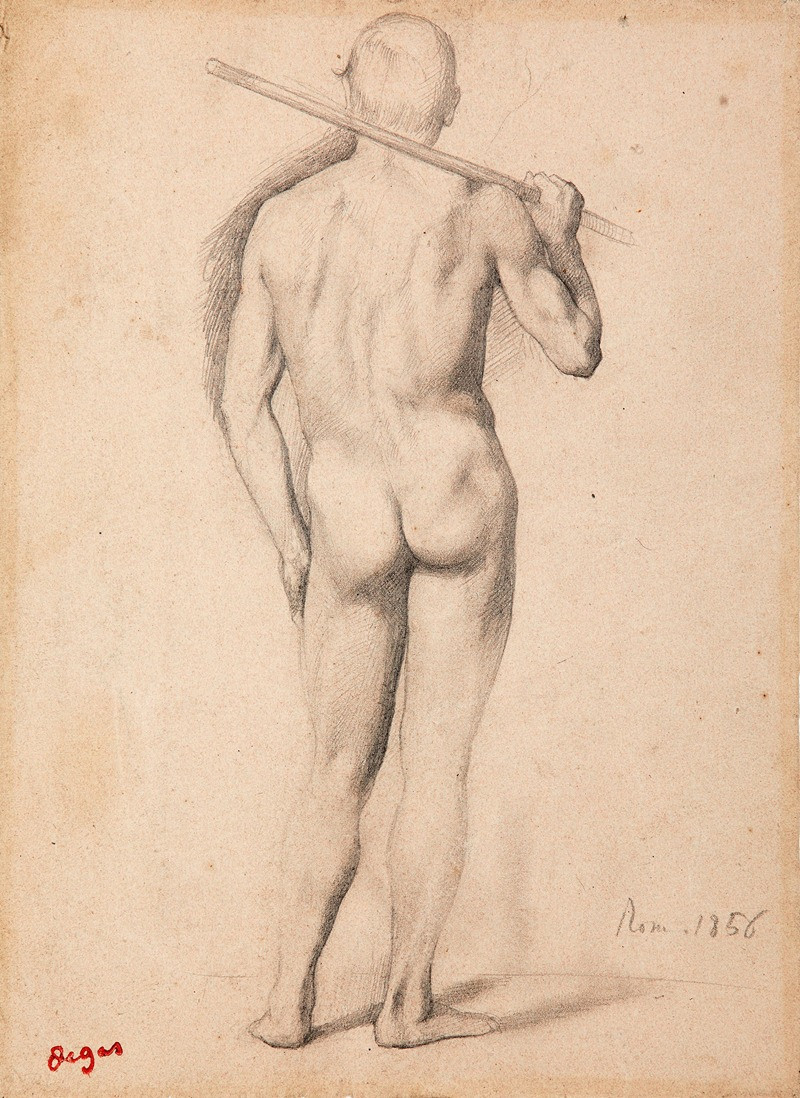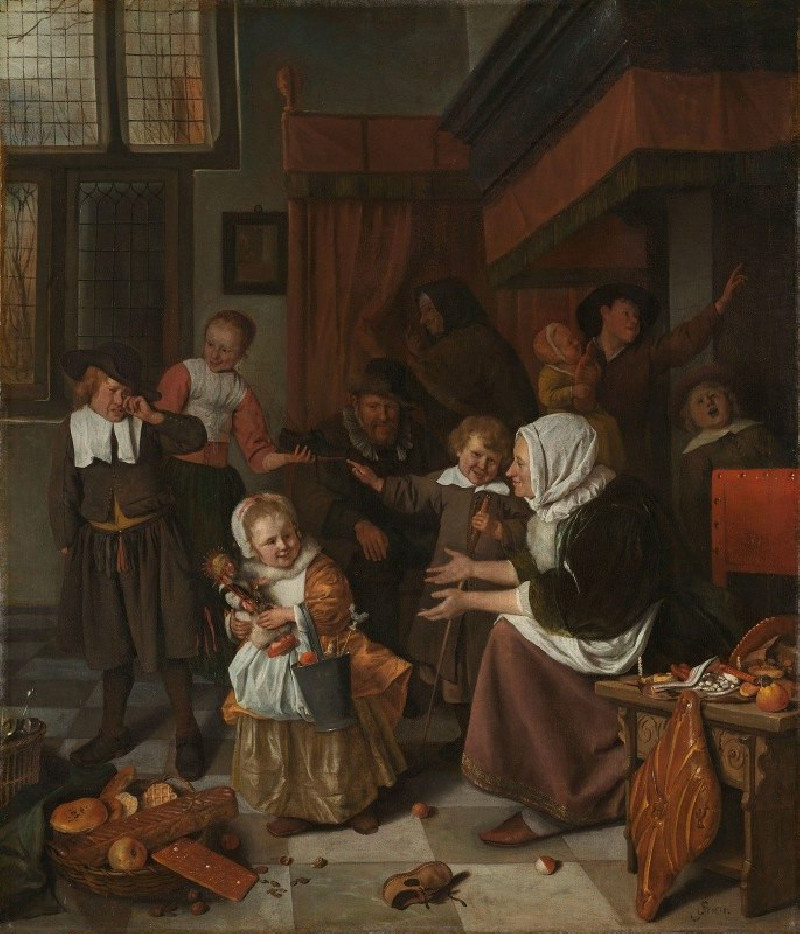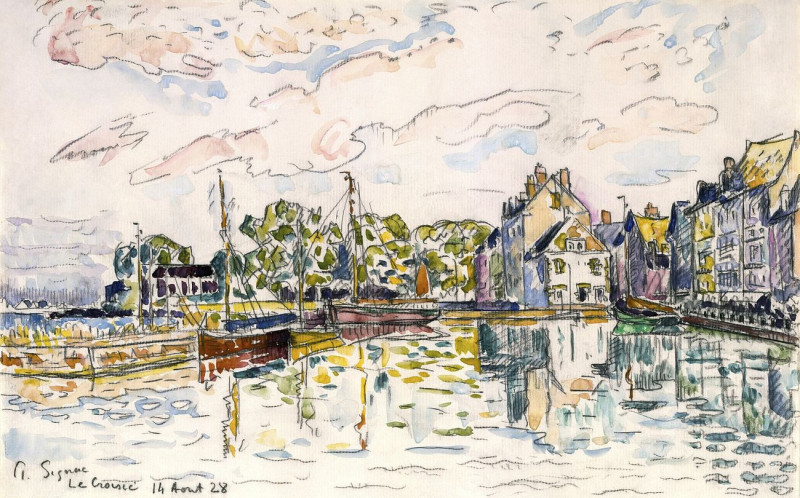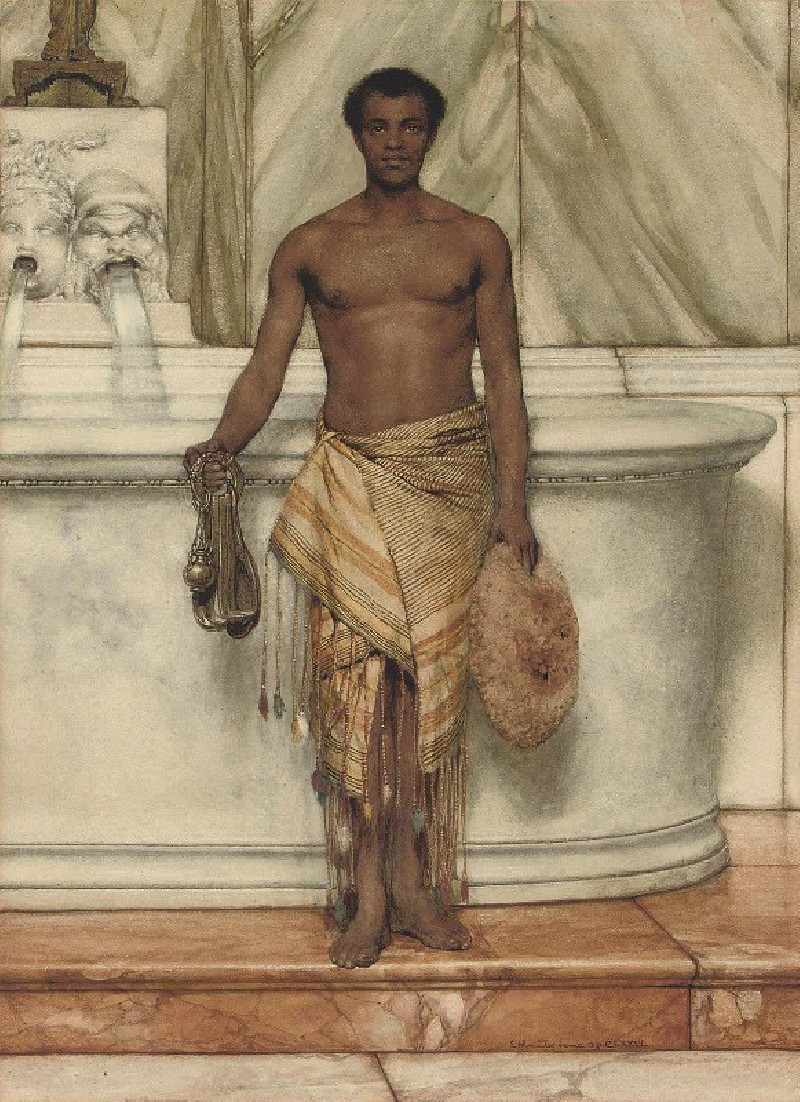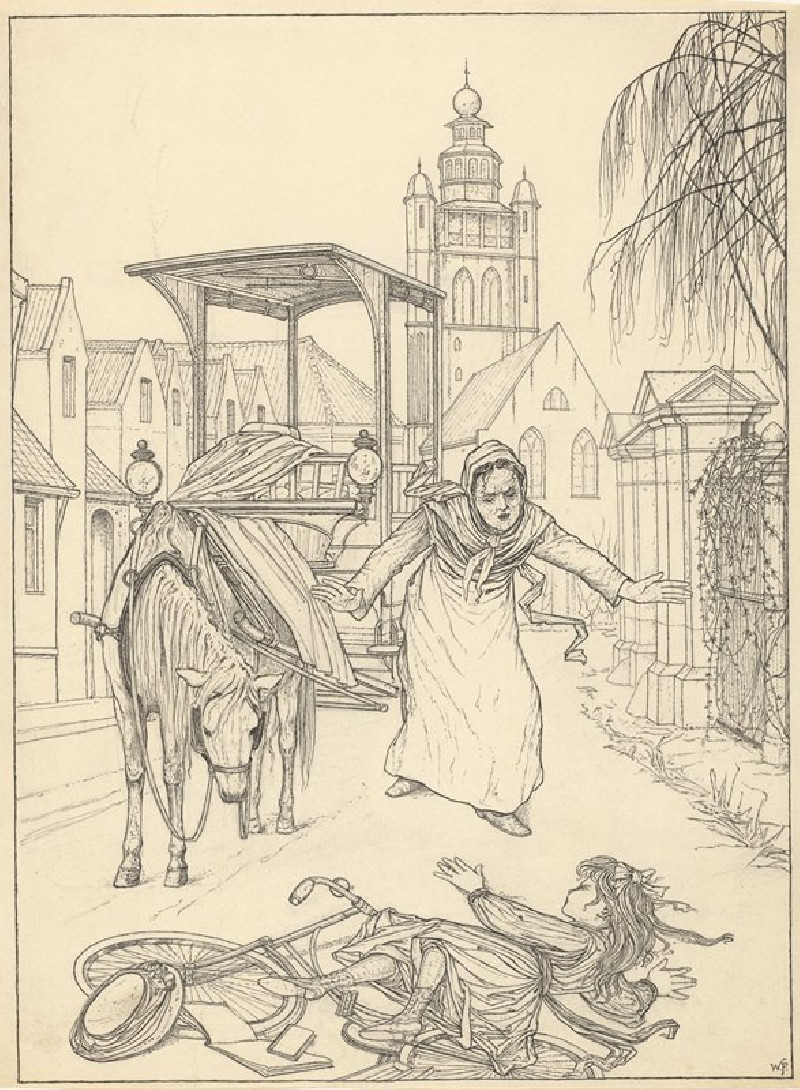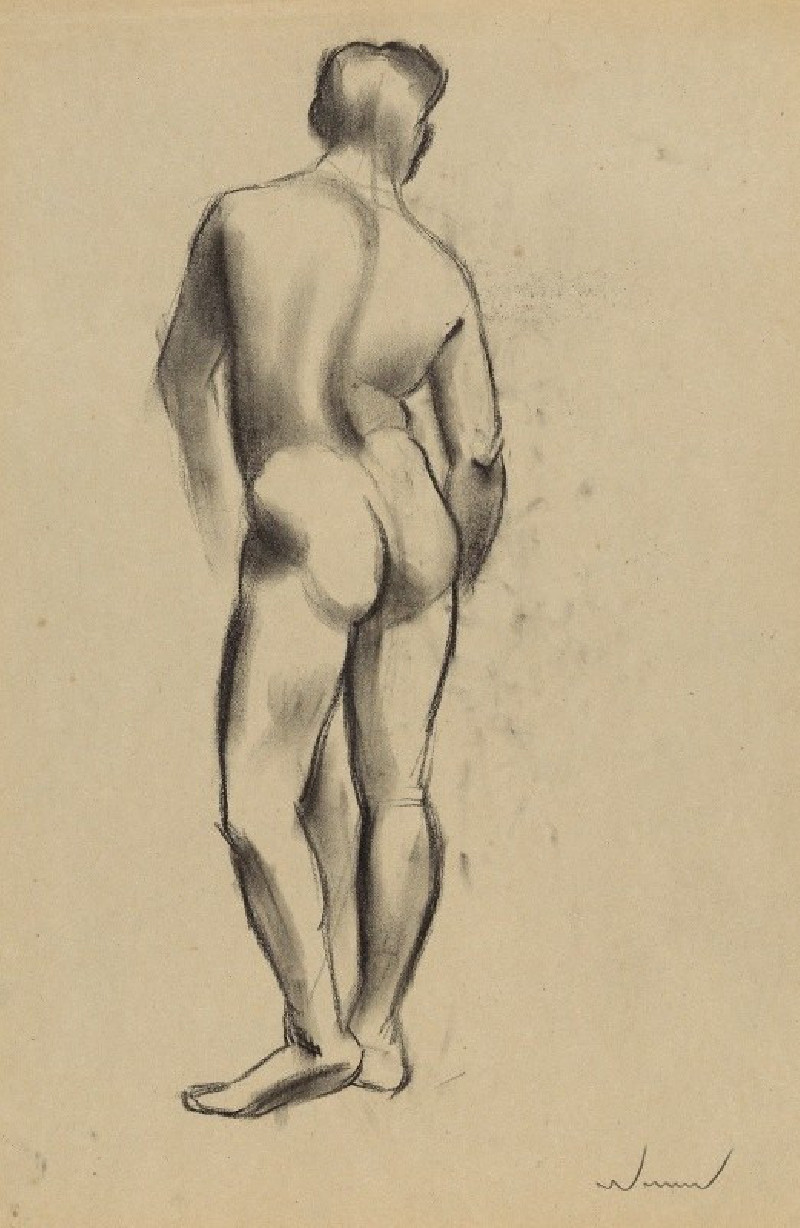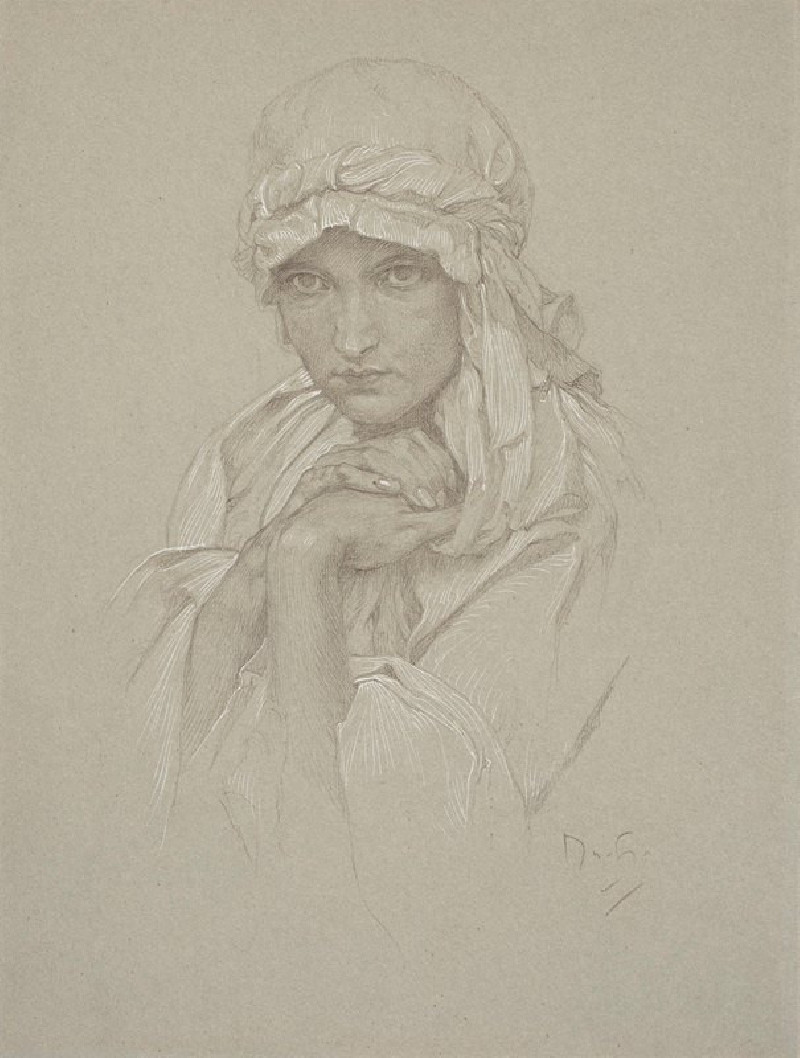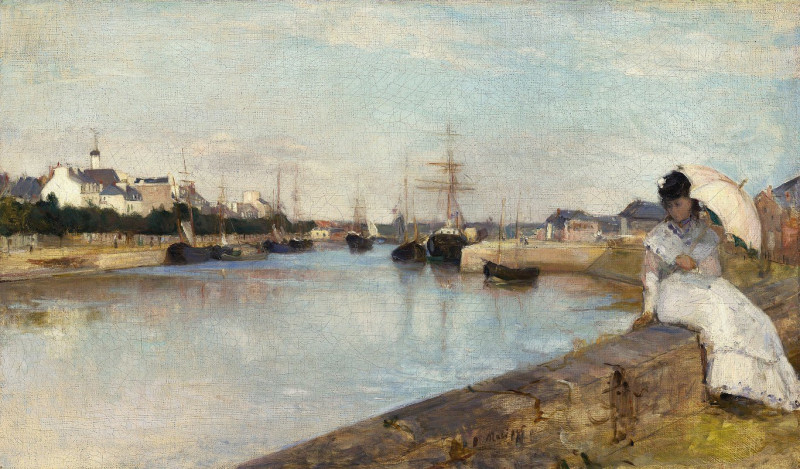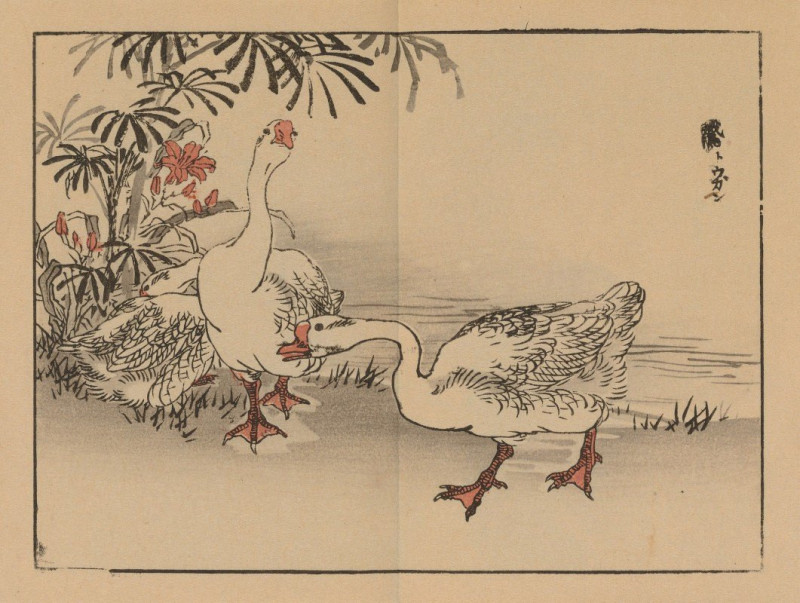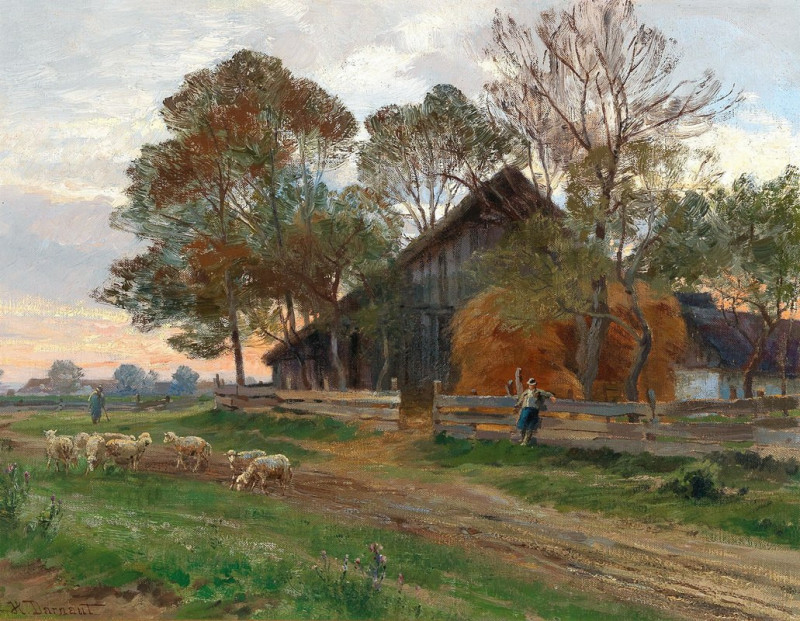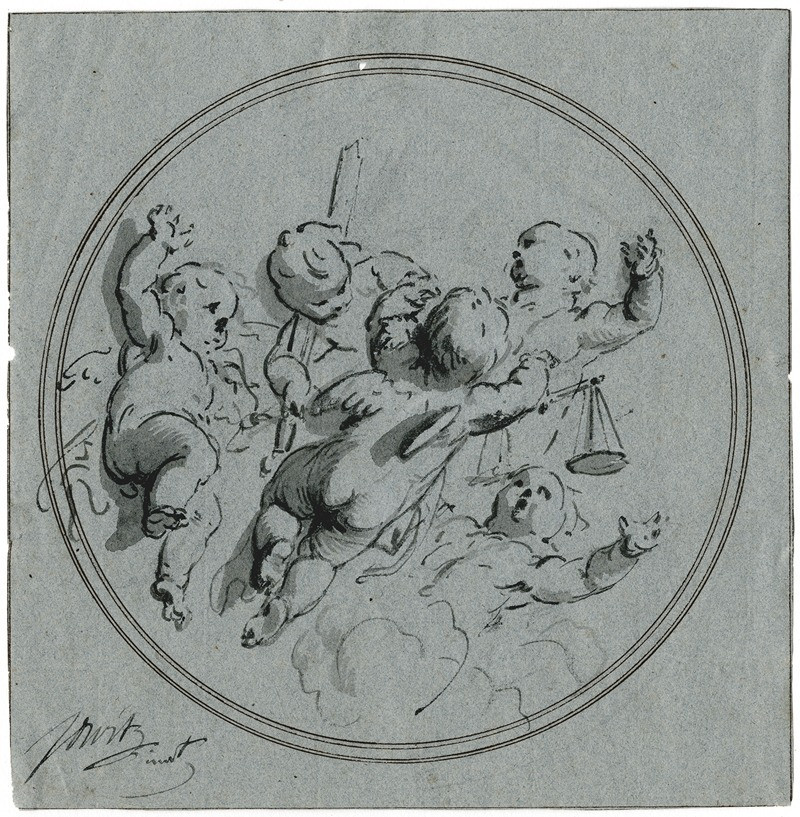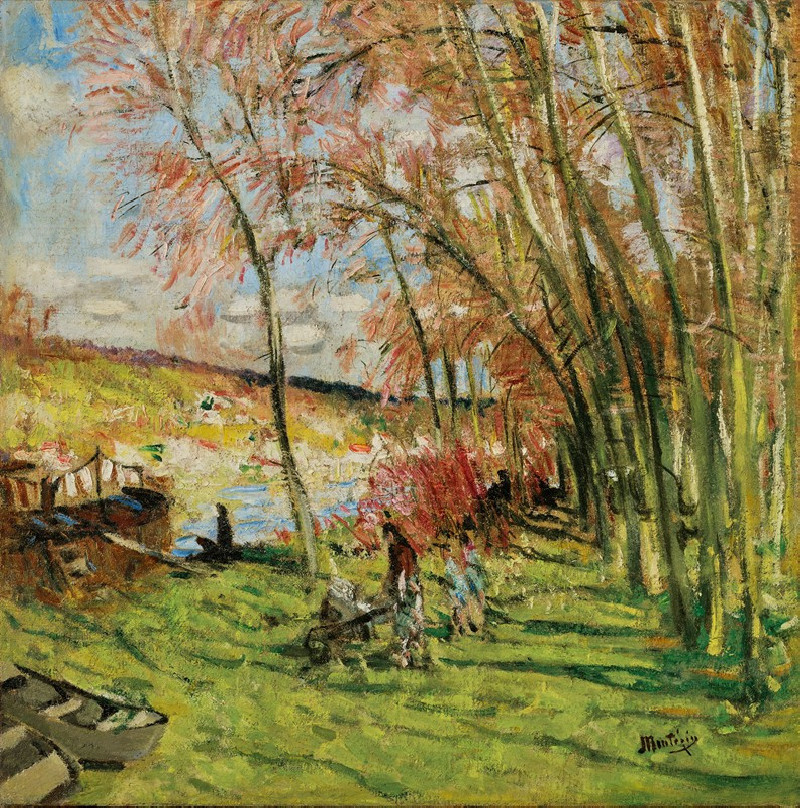Study of a Ballet Dancer seen from the Back (1875)
Technique: Giclée quality print
Recommended by our customers
More about this artwork
In the intimate and evocative sketch "Study of a Ballet Dancer Seen from the Back," created by Edgar Degas in 1875, we encounter the celebrated artist's fascination with the world of ballet. This artwork is a striking example of Degas' ability to convey movement and form with seemingly effortless strokes.The sketch portrays a young ballet dancer viewed from behind, her body slightly turned as she elegantly raises her arm. The lines are soft but deliberate, capturing the essence of the dancer's graceful posture and the lightness of her gesture. Her head is modestly inclined, lending a sense of quiet concentration and poise that is often observed in Degas’ depictions of dancers.Rendered on a simple brown paper background, the drawing's minimalistic approach focuses the viewer's attention on the fluidity of the dancer's movements and the physicality of her form. The economy of detail in this study suggests that Degas was not merely interested in the final performances, but deeply engaged with the practice and discipline of ballet."Study of a Ballet Dancer Seen from the Back" invites us to appreciate the beauty of ballet through the artist’s eyes—observing moments of preparation and rest that are as integral to the performance as the dance itself.

